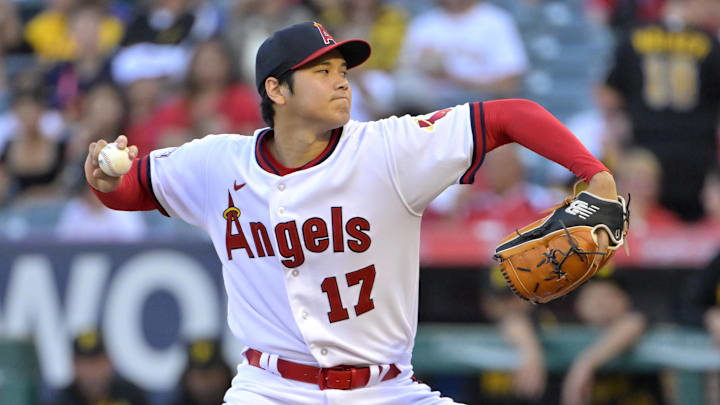
Now that I've given an idea of what this monumental Angels-Padres deal would look like, why should it even happen in the first place?
For Anaheim, the deal makes sense because of money and reality. Over the next seven years, the Angels are going to have to pay a 31- to 38-year old Mike Trout $35 million a year. Mike Trout doesn't pitch, is injury-prone over the last six seasons and hasn't hit .300 since 2018 (I'm not counting his 36-game 2021 season). I'd be surprised if the thought of eventually trying to move Trout hasn't already popped in the head of someone in the Angels front office, but with that money tied to him for that long, a willing dance partner could be tough to find. I'm sure they would have to pay part of the contract for a few seasons or something like that. Soto is probably looking for $30 million a year and Snell likely seeing somewhere in the $20-$25 million range, so there's the Ohtani money plus some improved prospect depth. The deal also keeps L.A. competitive which in turn keeps "butts in seats" as they say. For the foreseeable future, the AL West is going to be competitive. The Texas Rangers are a great team with plenty of depth with a great chance of winning it all this season or next. Like it or not, Houston just won't go away and Seattle is a team on the rise. Where the AL East seems to have faltered compared to expectations, the AL West has picked up that baton and are sprinting away with it towards the future. This deal along with some strong scouting and front office moves this winter can put the Angels in play for the forseeable future, with or without Trout.
For San Diego, the deal makes sense because, well, you get Shohei Ohtani. The Padres bring one of the best players of all-time to their clubhouse for the next decade-plus (after they sign him to a new contract). Not only do you get the production on the mound and in the batter's box, but everything else that comes with it. The entire world watching every single Padres game. Sold out home games without a doubt. Jersey and paraphernalia sales through the roof for a decade-plus. Back to the actual play of game, the Padres bolster an already deep starting rotation and the offense gets a steady power bat right in the heart of the lineup. There is production at the plate to build and maneuver around and upon for a decade-plus. With some solid scouting and smart front office moves, the trade makes the Padres a true contender for at least the next handful of seasons ... if not more. Like the AL West, the NL West is quickly becoming not just the Dodgers and everyone else. The 2023 season is seeing both the Diamondbacks and Giants show they're no pushovers and, with the Dodgers pitching staff in disarray, the time for a team like the Padres to strike is now, this week, by 6 p.m. (Eastern) on August 1.
